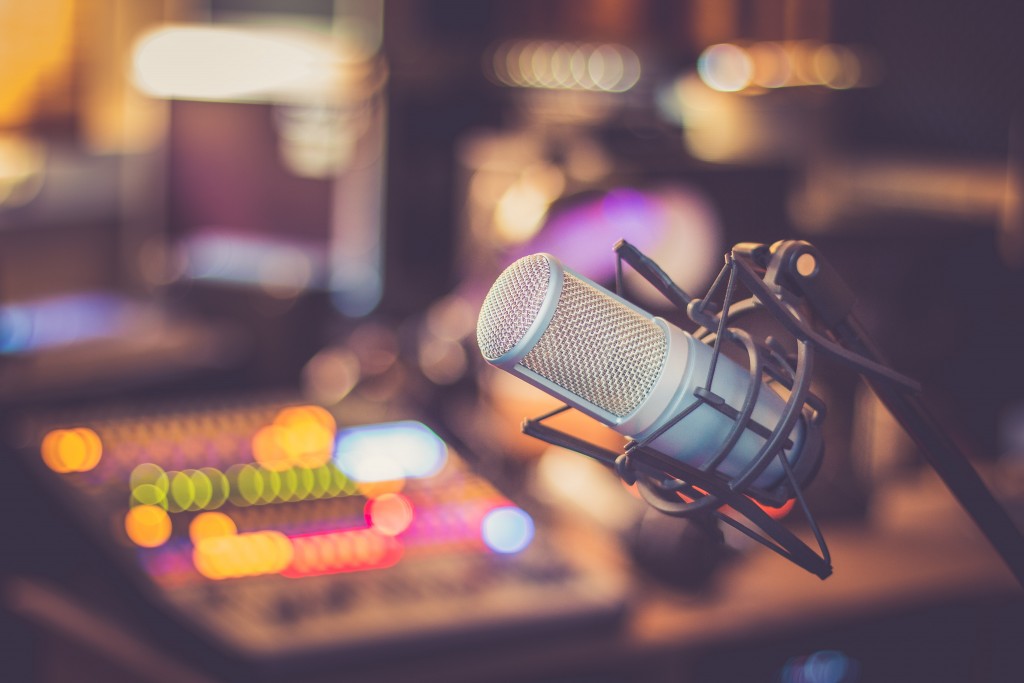 Ashruf El-Dinary, is the Senior Vice President, Radio Technology Solutions for Xperi.
Ashruf El-Dinary, is the Senior Vice President, Radio Technology Solutions for Xperi.Radio must take a stake in the $3 trillion IoT ecosystem
Can you imagine a world where radio stations communicate with billions of “listeners?” Well, you don’t have to imagine too hard, because that world is nearly here. The Internet of Things (IoT) is projected to grow to over 25 billion devices in just the next five years and radio broadcasting is poised to play a key role in this $3 trillion ecosystem, offering broadcasters new revenue opportunities.
Join Ashruf El-Dinary on Monday, April 19 at 3 p.m. EDT, at NAB Show Premiere. He will dive deeper into this topic during the session “HD Radio Services: Radio Broadcasting Applications in IoT and Smart Cities.”
Radio broadcasting has, almost since inception, been the dominant source for local communities to access information and entertainment – and is still the most listened to source of information and entertainment for consumers, even with the rise of social and other online media.[1] In fact, its importance has remained strong during the current pandemic, with 83% of American adults spending the same or more time with radio as a result of the COVID-19 outbreak.[2] Couple that with new digital and data capabilities and radio, after 100 years, has the potential to be more powerful than ever – so long as broadcasters are ready for digital evolution.
 Historically, with analog transmission, radio stations were able to provide only a single music or news or talk program, but with the advent of HD Radio technology, a digital broadcast system for AM and FM radio stations, stations gained the ability to expand beyond a single audio program and provide multiple program services through multicasting. The capabilities of HD Radio also enable broadcasters to provide real-time traffic notifications to car navigation systems, offering additional revenue opportunities.
Historically, with analog transmission, radio stations were able to provide only a single music or news or talk program, but with the advent of HD Radio technology, a digital broadcast system for AM and FM radio stations, stations gained the ability to expand beyond a single audio program and provide multiple program services through multicasting. The capabilities of HD Radio also enable broadcasters to provide real-time traffic notifications to car navigation systems, offering additional revenue opportunities.
But this is just the beginning of the digital (and new revenue) opportunities for stations through HD Radio.
Consider: with billions of new devices requiring control messaging as well as configuration, time schedule and software updates, service operators will be looking for cost effective communication and messaging services that can reach these devices reliably.
Digital radio broadcasting offers just that opportunity.
Radio Data Services – An Alternative to 5G!
You may ask, “Won’t 5G service all these new devices?” While it is true that 5G holds the promise of a vast infrastructure for large scale communication including the benefits of increased capacity and low latency requirements, challenges for 5G (with concomitant opportunities for radio) remain.
For example: data throughput is heavily dependent on RF transmission, and 5G infrastructure will require multiple transmission sites to provide reliable local coverage. But there are environmental obstacles to this: the frequency band is susceptible to fading due to foliage and moisture and for rural locations, building 5G infrastructure is a heavy lift. Then, there is a literal bandwidth issue: thousands of use cases are being developed for 5G services including high-resolution video, streaming audio, car-to-car communications and much more, which have the potential to overload the network with personalized content. For applications that need to reach thousands or millions of receivers with a message simultaneously, is 5G really going to be efficient and effective enough to cut it?
These 5G challenges equal opportunity for radio broadcasters.
Because radio serves over 92% of the U.S. population[3], reach and access does not need to be constructed: radio is already everywhere. And, as a wireless data transmission service, it can provide a scalable “one-to-many” data service.
As an example, the multitude of devices in the market require content for firmware upgrades, configuration updates, control and operational schedules for hundreds of applications. With digital radio capability, radio broadcasters can provide these devices and applications with an economically scalable distribution channel, simultaneously transmitting data packets to one device or 1 million, without any upgrades to their infrastructure or connection costs.
Furthermore, radio broadcasters are already connected to their local communities. By providing additional data capacity to support municipal infrastructure and manage future city devices, broadcasters will be tied even more closely to their markets.
This is just the tip of the iceberg of the opportunities for digital radio in the IoT ecosystem. Data services have exciting and almost limitless potential for creating new return on investment opportunities in today’s extremely competitive media environment. From establishing radio as a digital age public service provider to propelling new innovations in device communication and infrastructure management, data services can become a critical new imperative for radio broadcasters, an offering that could just make the difference between thriving or just surviving.
For more on this topic, I encourage people to read the NABA report “Value Proposition for Radio in a Connected World,” available at nabanet.com.
[1] The audience for terrestrial radio remains steady and high: In 2017, 92% of Americans ages 12 and older listened to terrestrial radio in a given week, according to Nielsen Media Research data published by the Radio Advertising Bureau, a figure that has changed little since 2009. (Pew Research Center, 2018
[2] www.insideradio.com
[3] Nielsen Audio Today Report, April 2020

